21st June 2025

John Wyver writes: On Monday 21 June 1937, at 3.03pm for just 15 minutes, and then again at 3.42pm for a further 10 minutes, the Television service broadcast a live OB from the Wimbledon Championships for the very first time.
Once true OBs were technically and creatively possible the choice of lawn tennis as the first major sport to be televised was largely pragmatic. The Wimbledon Championships followed less than six weeks after the Coronation, allowing just sufficient time for necessary training with the new equipment.
The south London courts complex, opened in 1922, was a long way from the coaxial cable route, but with no high ground between SW17 and AP, a radio link across 17 miles to the re-transmitting studio could be tested for the first time (see below for the aerial, set alongside the mobile control room).
read more »
20th June 2025

John Wyver writes: On the evening of Tuesday 20 June 1933 Eustace Robb, producer of the BBC’s 30-line television service, achieved a considerable coup by persauding in front of the camera for the first time the great Russian dancer Tamara Karsavina. She performed solos from Mlle de Maupin to music by Lisberg, which she had choreographed herself, Claire de Lune to Debussy, and ‘Chant Indoue’ from Rimsky-Korsakov’s Sadko.
Russian tenor Maxim Turganoff, a refugee from the Revolution, accompanied her in the Rimsky-Korsakov, and arias in period costume by Mozart and Bizet were also contributed by mezzo-soprano Leonie Zifado. The Gershom Parkington quintet provided the music.
After the dress rehearsal, Karsavina spoke to a journalist from the monthly Television:
No I am not in the least exhausted; I loved it. You see I have been here before to watch my pupils and I know what to expect. The flicker [from the projector beam, which was only light in the space] does not worry me as I do not move very close to it, and now I have practised I can easily keep in the picture, though the space is very small.
read more »
19th June 2025

John Wyver writes: Mid evening on Monday 19 June 1939 AP offered episode 3 of Rough Island Story, a six-part history of Britain with Harold Nicolson and J.F. Horrabin, who we have already encountered in these blog posts as the host of News Map. Radio Times detailed this 25-minute studio broadcast as ‘the story of Britain’s rise to the status of an Imperial Power’ (note the caps).
Horrabin is an especially fascinating character who was familiar to audiences of the time not only from News Map but also from numerous radio broadcasts. He was the author of the popular book An Atlas of Current Affairs, for which he also drew the maps, as he did with chalk and brush live on television. But as the 1921 map from The Communist reproduced above suggests, Horrabin’s politics were strikingly radical.
read more »
18th June 2025
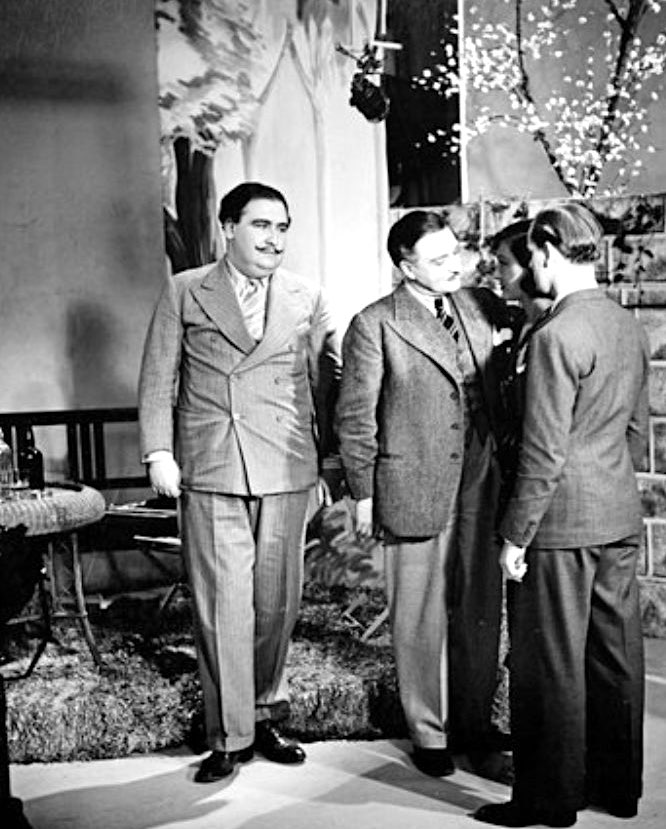
John Wyver writes: The afternoon of Friday 18 June 1937 saw television’s first incarnation of Agatha Christie’s detective Hercule Poirot when George More O’Farrell staged her short play The Wasp’s Nest. Entrusted with the role of the Belgian sleuth was actor Francis L. Sullivan, described somewhat unflatteringly by Wikipedia as ‘a heavily built man with a striking double-chin and a deep voice.’
Sullivan had first played the character in Christie’s 1930 play Black Coffee. Again per Wikipedia, Sullivan
became a good friend of the author. She approved of his portrayal despite the fact that physically he was far too tall for the dapper little Belgian detective. (Sullivan stood six feet, two inches in height.)
He later played Poirot in the 1940 play Peril at End House and won a Tony award in 1950 for his appearance in Christie’s 1950 drama Witness for the Prosecution.
read more »
17th June 2025

John Wyver writes: ‘Hurrah for Big Bill Campbell!’, wrote Listener critic Grace Wyndham Goldie after seeing the singer host the third edition of Western Cabaret on the afternoon of Saturday 17 June 1939. ‘What speed! What verve! What vivacityI What gaiety! What a change!’
A re-run of a show transmitted the previous Tuesday evening, this edition of Western Cabaret featured host Big Bill Campbell and his Hill-Billy Band, together with among others The Three Van Strattens, Harry Lester and his Hayseeds, and ‘Pop’ Tom Soulsby. ‘Big Bill’ himself had been born in Canada, but settled in England in 1930 and, up until his death in 1960, popularised ‘cowboy’ music with radio shows and frequent UK tours. Wyndham Goldie was a fan:
The point – the great, glorious and unprecedented point – about this show was that it had life in it. From the opening tune played by the Hill-Billy Band to Big Bill’s own chorus song, ‘Old Macdonald had a Farm’ and the high spot comedy singing of Evelyn Dall the thing had enough zip and go to raise the roof of Alexandra Palace. And, what is more, it was fun.
This is what all too many television cabarets aren’t. They may be expensive, they may be elaborate, they may give us close-ups of female limbs from the ankle to the thigh, gentlemen may do strange things with canes and opera hats, singers may assure us in tones of liquid gloom that ‘as long as hearts shall beat lovers shall always meet in purple dreams’. But, to adapt George Robey, no one would suggest that they’re gay.
read more »
16th June 2025
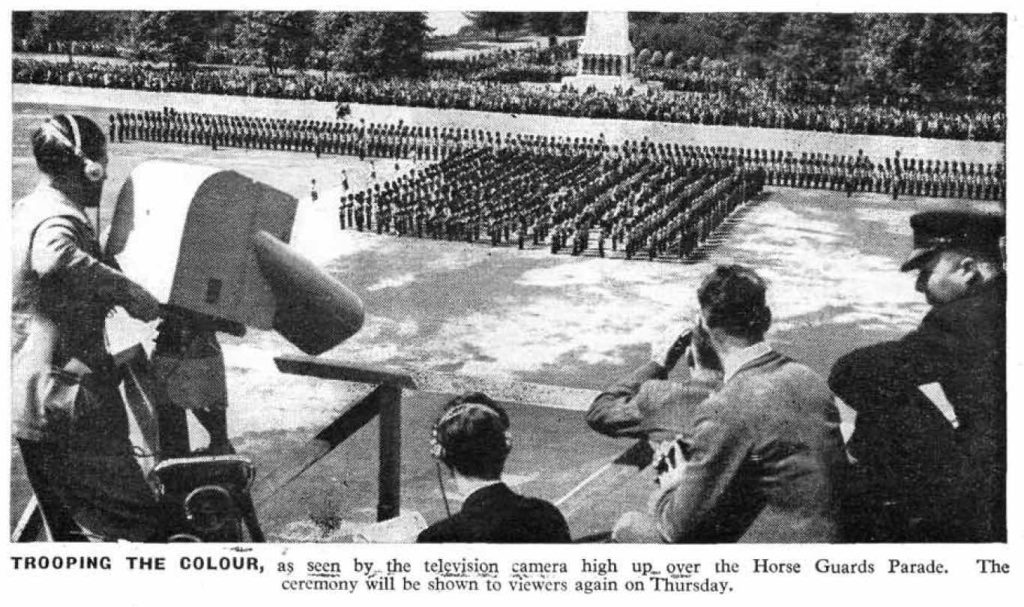
John Wyver writes: On 16 June 1939 the Daily Telegraph ran the following news story, which I reproduce here in its entirety. This is the first reference I have found to television being used in schools, 18 years before both the BBC and ITV launched dedicated schools programming
Village children at Hurst House School, Staplehurst, Kent, are being given regular television lessons in school. Nearly all the children come from nearby farms.
Citizenship and ‘general knowledge’ are taught through the study of news reels and the televising of events like Trooping the Colour and the departure of the King and Queen for Canada
The television lessons have been started by the headmaster, Mr H. Farrington, who says that television and the informal talks that follow the programme are probably of more real educative value to the children than most lessons given in class.
[OTD post no. 181; part of a long-running series leading up to the publication of my book Magic Rays of Light: The Early Years of Television in Britain in January 2026.]
Image: Radio Times, 2 June 1939, showing the broadcasting of the 1938 ceremony.
15th June 2025
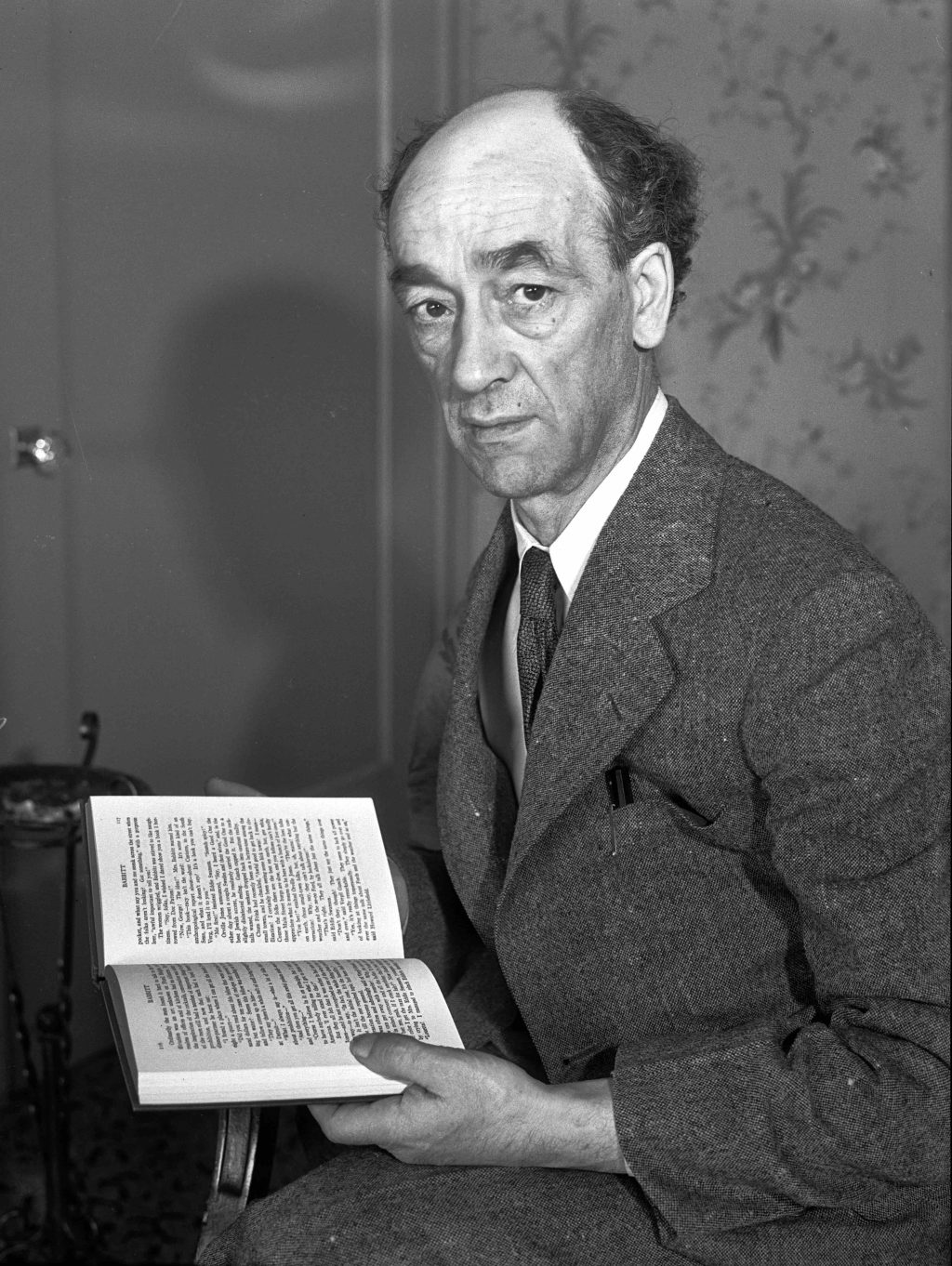
John Wyver writes: There are notes about pre-war television broadcasts when a historian looking back can only respond with an exclamation of something like ‘WTF’. One of those has to be a 12-minute studio talk on the evening of Tuesday 15 June 1937 about ‘The Future of Television’ given by the Irish writer James Stephens (above).
Talks producer Mary Adams was only two months into her job when she started this series in April with Megan Lloyd George in the studio. Gerald Barry, editor of the News Chronicle, had contributed his thoughts, as had the writer S.P.B. Mais. But what was she thinking of when she booked the Irish mystical poet Stephens?
A committed Irish Republican, author of the influential account of the 1916 Easter Rising, Insurrection in Dublin, Stephens became a close friend of James Joyce. At one point, when he was concerned that he might not be able to complete what became Finnegan’s Wake, Joyce apparently proposed that he should collaborate on it with Stephens.
Stephens made a number of radio broadcasts in the late 1920s and early 1930s speaking about poetry, but there appears to be little in his biography that suggests he had interesting views about television. Frustratingly, we have no script of what he offered, apart from the fact that he concluded with a recitation of five of his poems including ‘The Main Deep’ and ‘The Voice of God’. Which in 12 minutes cannot have left much time for tackling the future of the medium on which he was speaking.
Image: Portrait of James Stephens in 1935 by Los Angeles Times – licenced CC BY 4.0. (Forgive the large size – I just think it’s a great photograph.)
[OTD post no. 180; part of a long-running series leading up to the publication of my book Magic Rays of Light: The Early Years of Television in Britain in January 2026.]
14th June 2025
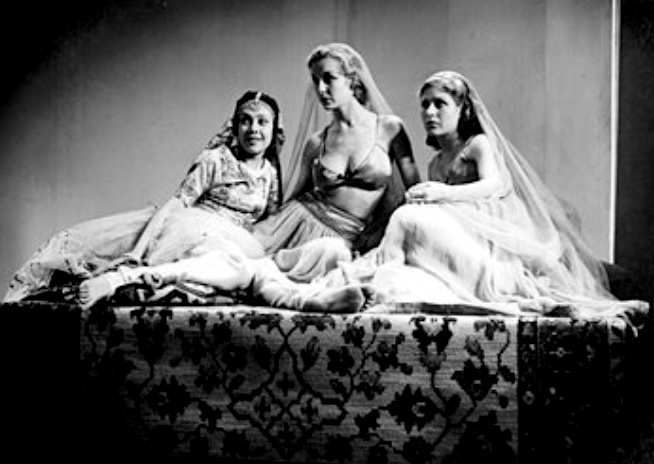
John Wyver writes: Monday 14 June saw two studio performances of the second part of James Elroy Flecker’s Hassan, following on from the previous Tuesday’s opener. The staging was the next recognised television drama landmark after the December 1936 presentation of Murder in the Cathedral, and was hailed as a major step forward for the fledgling art.
Drama producer George More O’Ferrall, who had handled Murder…, was sufficiently confident to attempt a lavish studio presentation, including incidental music by Delius composed for the play’s premiere in 1923 and played here by the BBC Television Orchestra.
read more »
13th June 2025

John Wyver writes: For the best part of an hour on the afternoon of Monday 13 June 1938, Alexandra Palace offered an OB from Northolt, just over a dozen miles away. The occasion was the running of the Northolt Pony Derby, one of the few horse races not under the control of the Jockey Club and as a consequence available to television. Only for the Epsom Derby were rights otherwise granted to television.
The story of the Northolt race course and of interwar pony racing is laid out in a fascinating and beautifully illustrated online history written in 2017 with, as far as I can see, no byline. As the writer explains,
Pony racing had been in existence for centuries in various parts of the country, but was not well regulated and had a serious reputation for cheating and corruption. In an attempt to organize and gain respect for the sport, the Pony Turf Club (PTC) was formed in 1923 and was subsequently recognized by various bodies as a legitimate regulated sport.
The intent of the PTC was not only to provide venues for smaller horses to race, but also to satisfy the racing and betting needs of those with more ‘limited means’. This meant admission fees that were significantly less than those at established horse racing venues, but with facilities of a much higher standard, in an attempt to attract more female supporters.
read more »
12th June 2025
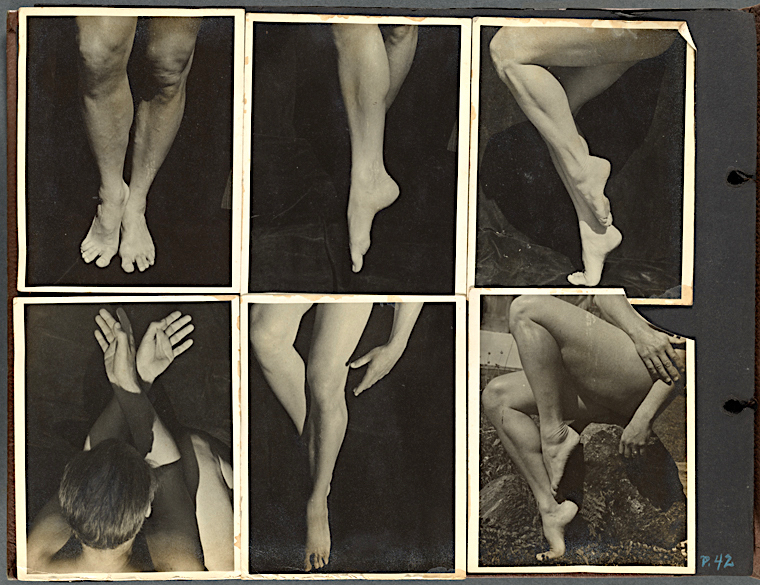
John Wyver writes: As the 30-line service under producer Eustace Robb moved towards its final broadcasts in early September 1935, the offerings became increasingly eclectic and distinctive. On the evening of Wednesday 12 June 1935, a 55-minute transmission was billed as ‘A recital of folk songs and dances from India, Ceylon and Tibet’.
Along with the Sinhalese singer Surya Sena, assisted by Nelun Devi (already the joint subjects of an earlier OTD), this late-night programme also featured the only British television appearance by American dancer Ted Shawn and his all-male company.
read more »










